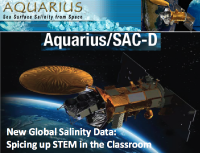 |
|
| SEARCH | RESOURCES | ||||||||||||||||||||||||||||||||||||||||
|
|
||||||||||||||||||||||||||||||||||||||||
|
|||||||
 |
|
| SEARCH | RESOURCES | ||||||||||||||||||||||||||||||||||||||||
|
|
||||||||||||||||||||||||||||||||||||||||
|
|||||||











